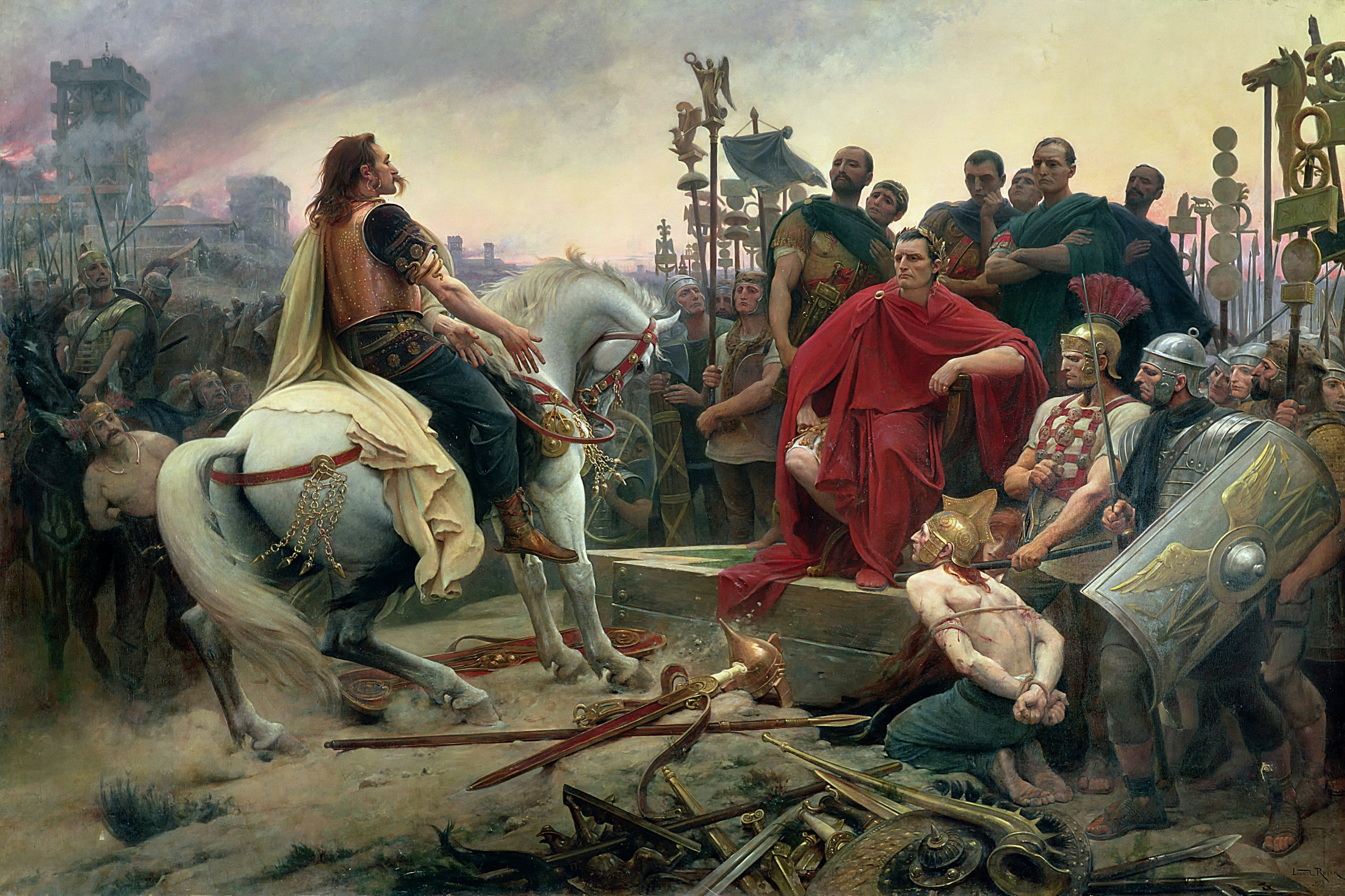Amphitheatrum Flavium ~ A short-essay
Amphitheatrum
Flavium
(A
short-essay)
It was truly the greatest theater in Rome. The Amphitheatrum Flavium rose through the clear Roman sky in arching springs of stone, like fountains pouring upward, meeting, and forming flat streams wherefrom a whole new row of bent fountains sprang. Three walls of arches rose, the first having columns of Doric make, the second, Ionic, and the third, Corinthian. A complete tribute. From the outside, it seemed to Caius as if the whole structure were built of solid stone, but he knew this was not the case. As one of the Amphitheatrum’s chief architects, his knowledge of this colossal structure went much further than the mere outside. Great walls of brick and concrete, sheathed in pale stone and marble, formed the outer-structure, with countless seats leaping up the inner walls in four vast flights flanked by great stairs. Around the Amphitheatrum’s lower row of arching wall were spaced exactly 80 enormous, hall-like doorways, marked by numerals from I to LXXVIII. Seventy-eight for public use, and two, on the farthest north and south sides, reserved as Imperial: for the emperor and his revenue only.
Caius could still remember the day Emperor Titus had entered through the Imperial door and dedicated the entire finished structure to his family-line: the Flavians. Back then it had only been three levels tall. Now a fourth rim rose above the arched-walls in which were fixed thousands of strong wooden poles. These supported the Amphitheatrum’s great awning, installed to shield spectators from the sun’s intense heat as they watched the un-shielded entertainment below. Like the print of a giant egg the central, sandy floor spread for many stadia and was, when filled with water, large enough to stage mock-sea-battles in. A fifteen-foot-high wall rose between the sand and spectators, both as a shield against any stray missile or wild beast, and as a dam to hold the water.
Wrapped around this center, like an iris around a pupil, rose four ranks of seats, numbering no less than 50,000: row A for the senators, emperor and other important government officials; row B for the nobles, tradesmen and men of some influence; row C-D for the plebeians, street-dwellers, and whoever had the stamina to ascend hundreds of steps to the top. Unlike those of the lower two rows, these stairs ran up through the very walls themselves, crossing back and for between arches like never-ending ‘z’s. D, The highest row of seats, was built of light woods so as not to put too much weight on the outer-wall of the Amphitheatrum and allow for less likelihood of collapse. All rows below were built of stone, concrete and brick, but sheathed in marble.
Gazing at the great structure above, Caius chuckled as he thought of the far greater construction below. Enormous, complex and seemingly endless levels of subterranean cells, kennels, lodgings, armories and halls, spread beneath the Amphitheatrum like the roots of a great tree. Up beneath the seats they reached for chambers, only to plunge by long, winding stairs back down into the earth again. Tunnel-doors into the Amphitheatrum’s center opened from all around its oval rim. Some of these were for animals, others for convicts, and still others had been specially built and ornamented for the issuing-forth of gladiators, chariots and boats. Along every wall, carved reliefs showed scenes of what the artists had envisioned games in the Amphitheatrum would look like. Their work was perfection.
It was little surprise that the building of such a great enterprise had taken so many years, its originator had not lived to see it. Vespasian, imperial father of Titus, had died a year before the Amphitheatrum’s initial completion, leaving the dedication to his son. Many games had since been hosted here. Many fights, hunts, battles, and always more deaths. Caius reflected on the nature and purpose of Rome’s greatest structure as he strolled out through door VII and into the street.
The Amphitheatrum was finished in A.D. 80. It was not until almost 700 years later that the name ‘Colosseum’ was introduced and widely used, due to a poem written in praise of its colossal size.




1 people are talking about this
Ooooh, I love how you used a narrator device to turn this subject into a much more interesting piece than a flat description of its origin and size would have been!
ReplyDeleteWell-written!